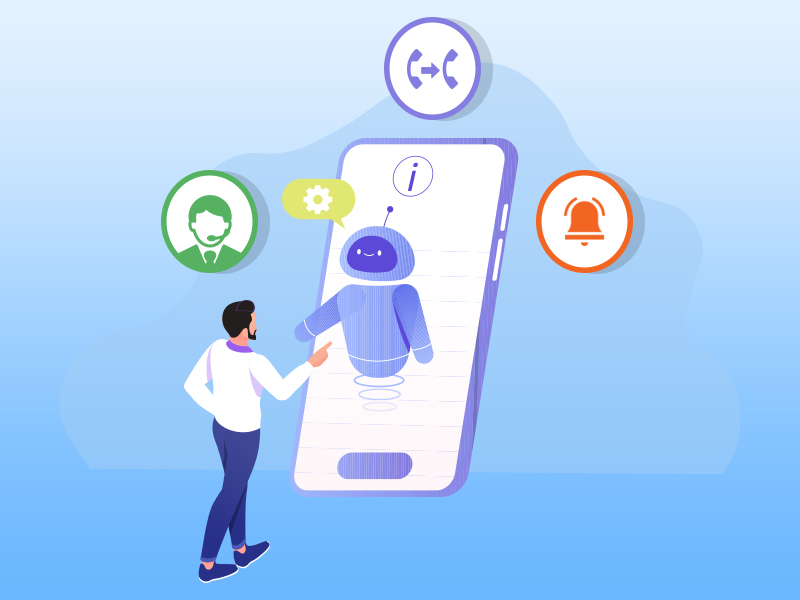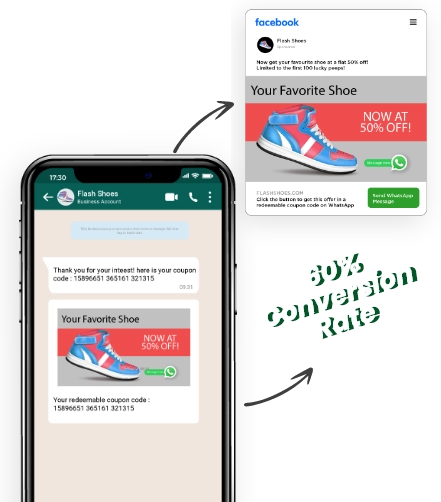The fundamental workings of the business world have shifted markedly throughout the digital era. It’s hard for many young professionals to imagine, but showing up uninvited to a company’s office was once a viable pitching tactic. Today, it would lead to one of two results:
- You’d get asked to leave and never return; or
- You’d find the office totally empty due to COVID-19.

As advances in technology made it possible for things to be done at a distance, the expectation grew that those advances would be used.
Cold calls rose in popularity. “Banks of workers” would do nothing all day but call possible leads and hope to catch them feeling open-minded. Then the internet reached mainstream viability. Email mixed things up somewhat, but it was ultimately the innovation of automation—even for business phone calls— that hinted at future developments.
Today, one of the most important things any business owner can do is carefully decide what kind of outreach activity they wish to invest in.
Automated outreach is great in a lot of ways: it’s efficient, economical, and near-infinitely scalable. But personal outreach is also vital for making those personal connections that make all the difference. How should you balance them?
Well, that’s exactly what we’re going to consider in this post. Let’s consider what a great modern outreach campaign should involve, and what you should do to get the best results. Here we go:
Clearly define your ideal outreach channels
There are plenty of options out there for outreach campaigners, adding to what’s possible through emails and phone calls. The two primary routes being content marketing and community engagement, each split off into myriad narrower avenues.
Content marketing, for instance, offers a wide variety of formats in addition to emails like blog posts, infographics, in-depth articles, e-books, podcasts, video guides, and even pay-per-click ads.
Community engagement, on the other hand, can work in myriad ways that expand upon phone calls/ For example, you can leave comments on social media posts of others, create forum posts or threads on communities like Reddit, run contests which is a great way to capture a new audience, attend community events—whether physical or virtual,— appear on shows or podcasts, and contribute comments to content on third-party blogs.
Each of those content types and their viable distribution paths have different requirements, as does each of those community engagement methods. These all will affect your time and resource investment in personal outreach. That’s why it’s so important to be careful about what route or a combination thereof you are going to take.
As noted in the introduction, automated outreach is incredibly easy to scale, but that isn’t the case for manual efforts. There’s no sense in trying to gear heavily towards personal outreach if you can’t sustain that level of effort.
Establish a logical lead generation funnel
Personal and automated outreach don’t need to be in competition, and this is particularly true when you’re trying to generate leads. Instead, you can use them in combination to achieve superior results.
Automated outreach makes the most sense for the earliest stages of the lead generation process because you can cast a wide net, whereas personal outreach is the smart choice for later stages in the funnel because it can be far more in-depth and effective.
Think about how those stages are going to connect. If you’re going to open with a round of marketing emails, for instance, you can begin a push towards getting the prospective customers to call your sales line. Once you get them there, you or your sales team will be positioned to go into much greater detail and draw upon their rhetorical freedom and general expertise to turn the interest into conversions.
Once you’ve defined the steps in your funnel, you can seek to answer two questions:
- Which parts are most likely to benefit from personal attention, and
- Which parts can most usefully be automated?
You won’t get a perfect balance that just happens to meet your existing budget, but you should be able to find a decent combination that comes reasonably close.
Make more time for high-value prospects
It’s vital to remember that not all prospects or outreach opportunities, in general, are equally valuable. Therefore, attempting to distribute your resources evenly will only make things worse.
For a start, you should always seek to route the most important calls to your most experienced and capable agents. Provided you maintain a reasonable standard, this will help you land the biggest deals and keep the right people impressed.
You can apply a similar tactic to your content marketing, of course, because not all content marketing needs to go to a broad audience. Take a project proposal for instance. A good pitch is comprehensively personalized, working in plenty of details specific to the recipient, and it can take quite a while to achieve that level of polish. Meanwhile, an introductory email can be automated with the addition of a custom subject line. Excellent combination of automated + personalized efforts.
In the end, as much as you can plan which parts of your outreach process will be personalized and which will be automated, you’ll need to remain flexible and be ready to change things up when dealing with specific opportunities.
If a big enough prospect comes along, it may well be worth suspending all other outreach efforts and putting everything towards nailing that particular outreach attempt. This is why it’s important to hire outreach professionals who can roll with the punches and adapt their tactics at the drop of a hat.
Conclusion
Running an optimized outreach campaign is vitally important to the average online business. Since almost every business currently needs to operate primarily or exclusively online, that importance spans the business world in general. Used well, automation can save you time, money, and effort. Yet, automation can’t handle everything.
Build a process that automates the parts that don’t need direct intervention, then bring your team members to bear when their talents will prove most influential. Using that excellent combination of automation + personalization, you can level-up your outreach game, get more leads and conversions, and build a thriving business.
About the author: Rodney Laws is an e-commerce expert with over a decade of experience in building online businesses. Check out his reviews on EcommercePlatforms.io and you’ll find practical tips that you can use to build the best online store for your business. Connect with him on Twitter @EcomPlatformsio.





